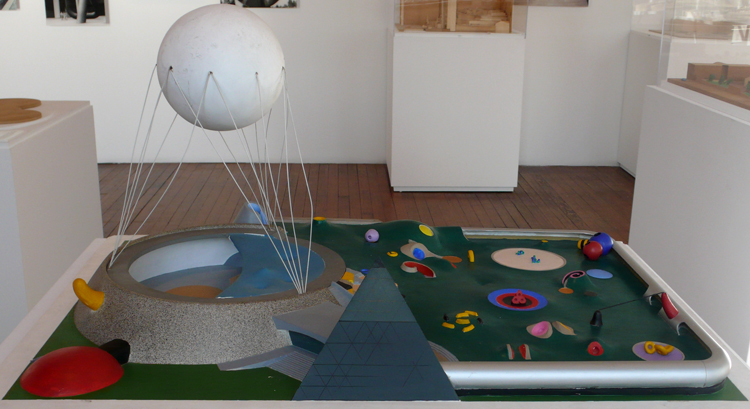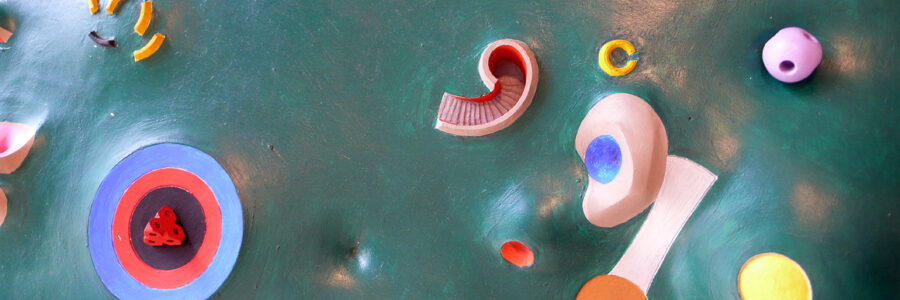humanizing technology through art within a planetary society
dominika presented parts of her doctoral thesis on japanese-american artist isamu noguchi (1904-1988) and his approach to science and technology after world war II at this years’ AAANZ conference together <> apart in andrew mcnamara‘s panel modernism, everyday life and collective creativity.
humanizing technology through art within a planetary society
complicates one-sided narratives on noguchi’s postwar landscape oeuvre, which has been mainly read through the lens of nature as embodied japanese identity. examining noguchi’s unrealized US pavilion for osaka’s world fair in 1970, the talk illuminates Noguchi’s unique implementation of translucent fabrics and his collaboration with artist and sociologist john mchale, founding member of the british independent group and research associate to richard buckminster fuller. their teamwork mirrors shared holistic worldviews in which nature, science and technology fuse into a universal bio-centric principle that embrace the visitor as a world citizen in a growing-together planetary society. reconsidering scholarly publications that suggest noguchi’s loss of optimism and faith in technology after world war II, this paper offers a new comprehensive perspective that embraces his concern for society as an integral quest for the “new evaluation of living.”

isamu noguchi – US pavilion 1967
dg © the isamu noguchi foundation and garden museum new york
